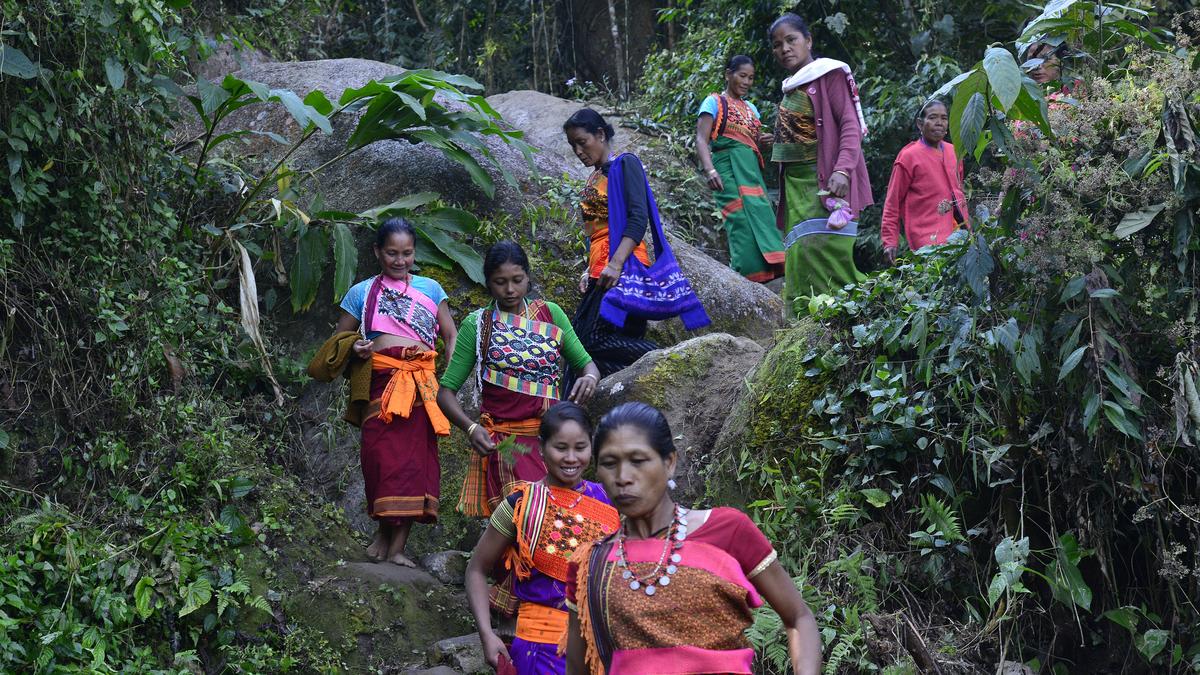Gender Budgeting

- 15 Feb 2025
In News:
The Gender Budget allocation for FY 2025-26 has increased to ?4.49 lakh crore, accounting for 8.86% of the total Union Budget, up from 6.8% in FY 2024-25. This represents a 37.25% increase compared to the ?3.27 lakh crore allocated in the previous year.
Key Highlights:
- Expansion Across Ministries:
- A total of 49 Ministries/Departments and 5 Union Territories (UTs) have reported allocations in the Gender Budget Statement (GBS) for 2025-26, marking the highest participation since the inception of the Gender Budget.
- Twelve new Ministries have been included in the GBS this year, signaling a broader inclusion of gender considerations in sectors such as animal husbandry, biotechnology, water resources, food processing, and railways.
- Gender Budget Allocation Breakdown:
- Part A (100% Women-specific schemes): ?1,05,535.40 crore (23.5% of total GBS).
- Part B (30-99% allocation for women): ?3,26,672 crore (72.75% of total GBS).
- Part C (Below 30% allocation for women): ?16,821.28 crore (3.75% of total GBS).
- Top Ministries reporting high percentages in gender-focused allocations include the Ministry of Women & Child Development (81.79%), Department of Rural Development (65.76%), and Department of Health & Family Welfare (41.10%).
- Focus on Women’s Economic Participation:
- The Union Budget aims to boost women’s participation in economic activities, targeting 70% by 2047.
- Women’s Labour Force Participation Rate (LFPR) rose to 42% in 2023-24 from 33% in 2021-22.
- Efforts to close the gender gap involve increased allocations to programs like Skill India, Deendayal Antyodaya Yojana-National Rural Livelihoods Mission (DAY-NRLM), and PM Vishwakarma, with 52% of the ?1.24 lakh crore allocated for these programs earmarked for women and girls.
- Support for Women Entrepreneurs:
- Women own 20.5% of micro, small, and medium enterprises (MSMEs) in India, employing approximately 27 million people.
- The Budget focuses on empowering women entrepreneurs by advocating for collateral-free loans, alternative credit scoring models, and financial literacy programs.
- Establishing 30 million additional women-owned businesses could generate 150-170 million jobs by 2030, contributing significantly to India's employment needs.
- Gig Economy and Informal Sector:
- The Budget introduces measures to formalize gig workers, 90% of whom are women. By issuing identity cards and registering gig workers on the e-Shram portal, the Budget aims to provide them with access to social security and financial inclusion benefits.
- This addresses the challenges faced by women in the informal sector, including low wages, job insecurity, and lack of maternity benefits.
- Gender Inclusivity in Technology:
- A dedicated ?600 crore allocation under the India AI Mission aims to promote gender inclusivity in the technology sector. This includes the establishment of a Centre of Excellence on Artificial Intelligence (AI) for education and skill development, ensuring women’s participation in high-growth technological fields.
- Gender Budgeting Components:
- Part A: Gender-specific expenditure, directly benefiting women (e.g., BetiBachaoBetiPadhao).
- Part B: Pro-women general expenditure, benefiting both men and women but focusing on women’s advancement (e.g., MGNREGA).
- Part C: Gender-neutral budgets that may require gender-sensitive planning (e.g., Har GharNal project, which reduces women’s time spent fetching water).
- Policy Vision and Challenges:
- The Union Budget for 2025-26 is part of the government’s vision for a "Viksit Bharat" with zero poverty, universal education, 100% skilled labor, and 70% female participation in the workforce by 2047.
- While the Budget lays a strong foundation, addressing persistent challenges like gender pay gaps, occupational segregation, and cultural barriers will require sustained policy interventions, gender-sensitive workplace reforms, and effective implementation of gender-disaggregated data for monitoring outcomes.
